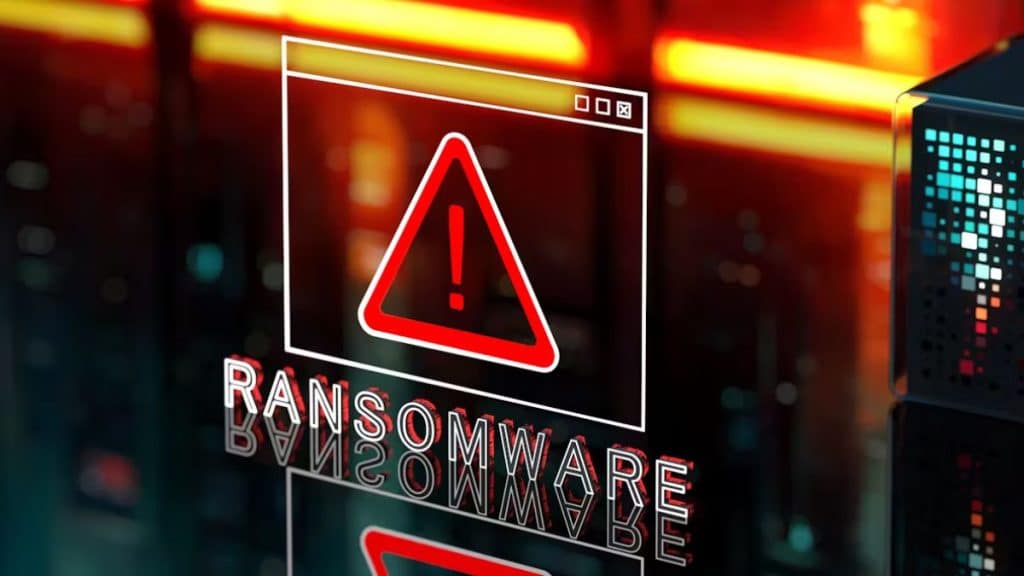Introduction
As our reliance on digital systems grows, so does the sophistication and frequency of cyber threats. From small businesses to multinational enterprises, no organization is immune to the potentially devastating effects of malicious software. Among these threats, ransomware stands out for its ability to halt operations, extort payments, and inflict widespread damage in mere hours. Understanding ransomware-what it is, how it spreads, and how to defend against it-is critical for both organizations and individuals aiming to safeguard their data, reputation, and bottom line.
Defining Ransomware
At its core, ransomware is a type of malware designed to deny victims access to their own data or systems until a ransom is paid. Unlike common viruses that aim to steal information silently, ransomware’s purpose is overt: encrypt files or lock devices and then demand payment-typically in cryptocurrency-to restore access. This malicious behavior differentiates ransomware from other malware families, such as spyware, which operates covertly to harvest data, or adware, which inundates users with unwanted advertisements.
To appreciate the real meaning of ransomware in cybersecurity, it helps to consider both its technical and economic dimensions. Technically, ransomware leverages strong encryption algorithms to scramble files. Economically, it represents a business model for cybercriminals: services like Ransomware-as-a-Service (RaaS) allow even low-skill attackers to launch large-scale campaigns. High-authority guidance on prevention and response can be found through resources such as the Cybersecurity and Infrastructure Security Agency’s Stop Ransomware initiative and NIST’s comprehensive ransomware publications.
Categories of Ransomware
Ransomware comes in several flavors, each with unique tactics and objectives:
- Crypto-Ransomware: The most prevalent type, crypto-ransomware encrypts victims’ files using asymmetric encryption. Attackers then provide or sell the decryption key upon payment. Notable examples include CryptoLocker and LockBit.
- Locker Ransomware: Instead of encrypting files, locker ransomware locks users out of their systems entirely. The malware may display a full-screen message preventing any interaction until the ransom is paid.
- Leakware/Double Extortion: Modern strains, such as REvil and DarkSide, combine encryption with data theft. Attackers exfiltrate sensitive information and threaten to publish it if the ransom goes unpaid, increasing pressure on victims to comply.
How Ransomware Spreads
Ransomware propagation methods are varied and evolving:
- Phishing and Social Engineering: Malicious emails impersonate trusted entities, tricking recipients into clicking links or downloading infected attachments.
- Exploited Software Vulnerabilities: Unpatched systems and outdated applications provide attackers with entry points. Rapid patch management is essential.
- Remote Desktop Protocol (RDP) Compromises: Weak or reused credentials on RDP endpoints allow brute-force attacks. Securing or disabling RDP mitigates this risk.
- Drive-By Downloads: Simply visiting a compromised website or viewing a malicious advertisement can trigger an automatic download of ransomware.
Three additional high-authority sources for best practices include the FBI’s Cyber Division guidance and Europol’s ransomware resource page.
Risks and Impacts
Ransomware attacks inflict multifaceted damage:
- Data Loss and Downtime:
Encrypted files and locked systems halt operations, eroding productivity and customer service.
- Financial Costs:
Beyond ransom payments, organizations face investigation fees, system rebuild expenses, and potential loss of revenue during downtime.
- Legal and Compliance Penalties:
Regulations such as GDPR, HIPAA, and PCI DSS mandate timely breach notifications and data protection measures. Non-compliance can result in steep fines.
- Reputational Damage:
Publicized attacks undermine customer trust, erode brand loyalty, and may lead to long-term loss of business.
High-Profile Examples
Several campaigns illustrate ransomware’s destructive potential:
- WannaCry (2017): Exploited an unpatched Windows SMB vulnerability to infect over 200,000 systems in 150 countries within 24 hours.
- Ryuk/Conti: Targeted critical sectors like healthcare and government with tailored phishing and lateral-movement tactics, demanding multi-million-dollar ransoms.
- REvil/Sodinokibi: Pioneered double extortion, threatening data leaks on dark-web portals if victims refused payment.
Factors Amplifying Ransomware Risk
Modern work and technology trends have widened attackers’ avenues:
- Remote and Hybrid Work Models: VPNs and remote-access tools, often misconfigured, expose internal systems.
- Cloud and Third-Party Dependencies: Multi-cloud architectures and SaaS integrations can create inconsistent security postures.
- Internet-of-Things (IoT) Devices: Limited visibility and patching difficulties leave many IoT endpoints undersecured.
Prevention and Mitigation Strategies
A layered defense approach is essential:
- Regular Patching: Apply OS and application updates promptly- ideally within days of release.
- Multi-Factor Authentication (MFA): Enforce MFA on all remote-access points to thwart credential-based attacks.
- Immutable, Offline Backups: Use the 3-2-1 rule- three copies, two media types, one offline-to ensure recoverability.
- User Training: Conduct phishing simulations and provide ongoing security awareness to reduce human error.
- Endpoint Detection and Response (EDR): Deploy EDR tools to detect anomalous behaviors, such as unusual encryption processes.
Initial Response Steps
If ransomware is suspected:
- Isolate Infected Systems: Disconnect affected devices from networks to halt the spread.
- Engage Incident-Response Team: Notify IT, legal counsel, and leadership immediately.
- Preserve Evidence: Secure logs, ransom notes, and system images for forensic analysis.
- Assess Recovery Options: Evaluate clean backups, available decryptor tools, or-only, as a last resort-ransom negotiation.
Conclusion
Ransomware remains one of the most disruptive and costly cyber threats. By grasping what ransomware means, its categories, propagation methods, and impacts, organizations and individuals can build robust defenses and respond effectively when attacks occur. Proactive measures- patch management, MFA, secure backups, and continuous training- dramatically reduce both the likelihood of infection and the severity of potential damage. Take time today to review and strengthen your ransomware readiness; the cost of prevention is always lower than the price of recovery.
Frequently Asked Questions
1. Can ransomware be prevented entirely?
While no defense is foolproof, a combination of regular patching, strong authentication, reliable backups, and user education can reduce risk to very low levels.
2. Is paying the ransom a viable recovery option?
Paying carries significant legal, financial, and reputational risks, and there is no guarantee of data recovery. It should be considered only after consulting law enforcement and legal counsel.
3. How quickly can systems be restored after a ransomware attack?
With properly implemented immutable backups and tested recovery procedures, critical systems can often be restored within hours, minimizing downtime and data loss.

